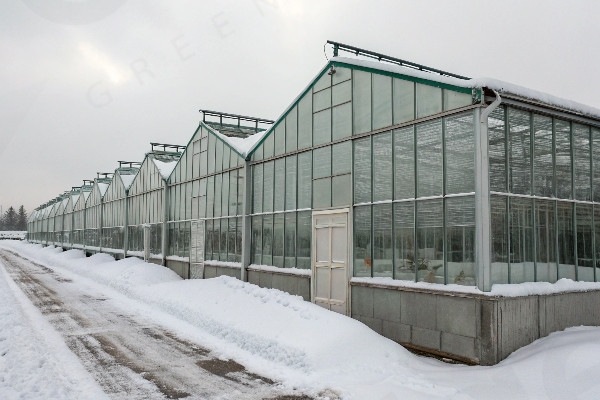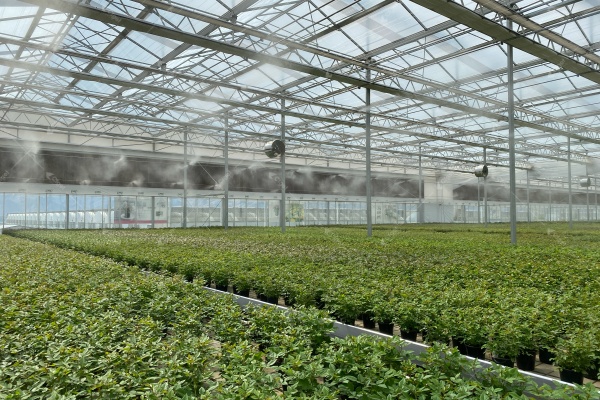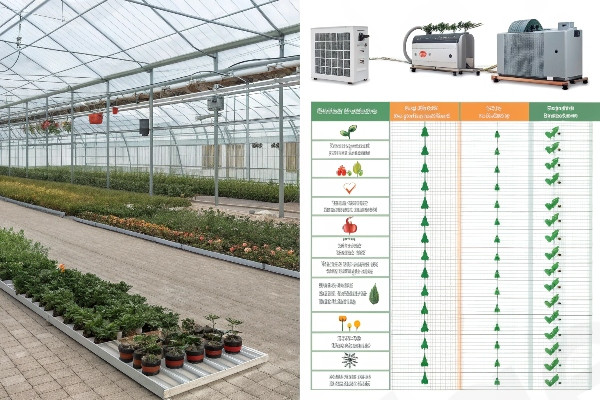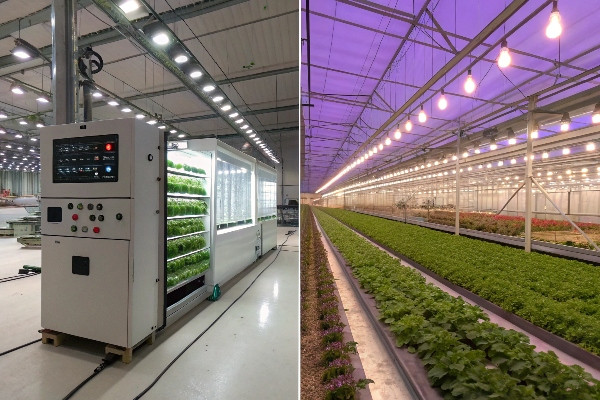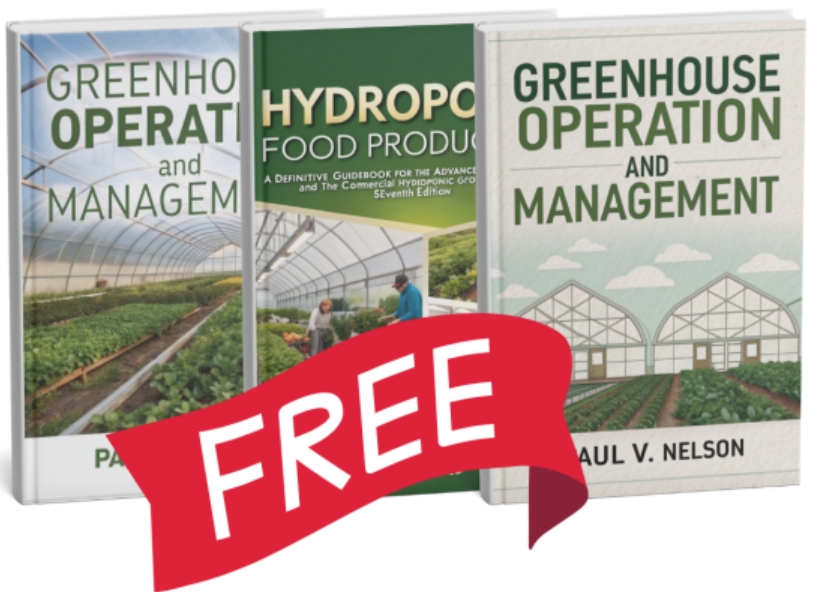Feeling overwhelmed by the environmental impact of traditional farming? Wondering if there’s a better way to grow crops while minimizing your footprint?
Chinese greenhouses offer a compelling solution, blending ancient wisdom with modern technology. They use solar energy effectively, reducing the need for extra energy inputs. This makes them potentially more sustainable than conventional greenhouses.
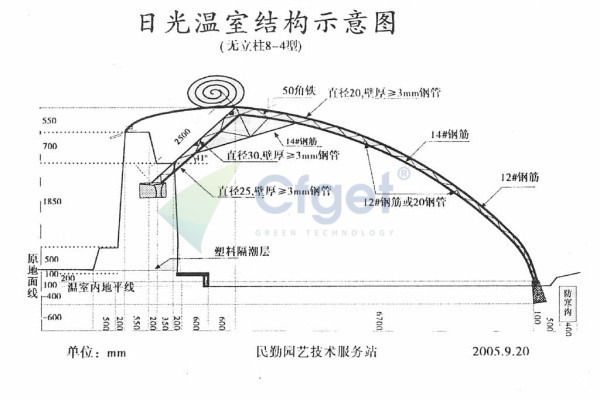
Let’s explore this further, examining how these greenhouses benefit our planet.
Chinese Greenhouses and Environmental Protection: Reducing Carbon Emissions?
Worried about agriculture’s contribution to climate change? Traditional greenhouses often rely on fossil fuels for heating, creating a significant carbon footprint. How can we change?
Chinese greenhouses, particularly the solar variety, significantly reduce carbon emissions. They harness the sun’s energy for warmth, minimizing or even eliminating the need for fossil fuel-based heating systems.
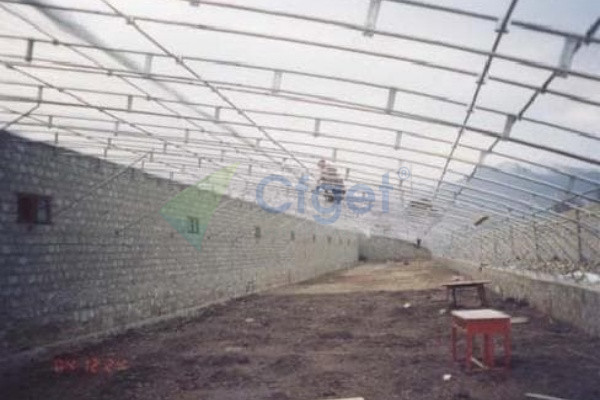
The core design principle lies in maximizing solar gain and heat retention. I remember a project we did in Inner Mongolia. The winter nights there are brutally cold. But with the thick walls and insulated covering, the Chinese solar greenhouse we built maintained a surprisingly stable temperature, even without supplemental heating!
Here’s how the structural design minimizes carbon emissions:
| Feature | Description | Impact on Carbon Emissions |
|---|---|---|
| North Wall | Thick, often made of earth or brick, providing substantial thermal mass. | Stores heat during the day, releasing it at night, reducing heating needs. |
| Insulated Covering | Usually a plastic film or polycarbonate, sometimes with additional insulating blankets. | Traps heat inside the greenhouse, minimizing heat loss. |
| Orientation | Typically oriented east-west to maximize exposure to the southern sun. | Maximizes solar energy collection, reducing reliance on artificial heating. |
| Ventilation | Controlled ventilation systems manage airflow and temperature. | Optimized ventilation reduces the need for energy-intensive cooling systems. |
By strategically using these features, these greenhouses dramatically shrink the need for external energy sources, lowering the farm’s carbon footprint, and helping farmers to contribute to climate change.
Chinese Greenhouses and Water Conservation?
Concerned about water scarcity and the impact of irrigation on our precious water resources? It’s a serious problem, and many agricultural practices use a lot of water.
Chinese greenhouses can be highly water-efficient. Their enclosed environment reduces evaporation, and many incorporate water-saving irrigation techniques like drip irrigation and rainwater harvesting.
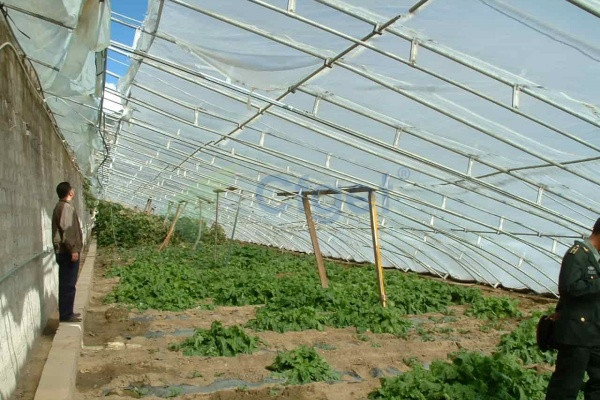
Water conservation is something close to my heart. One time, I was helping a farmer in Gansu Province set up a greenhouse. The area was incredibly dry, and water was scarce.
| Water Conservation Method | Description | Benefit in Chinese Greenhouses |
|---|---|---|
| Reduced Evaporation | The enclosed structure of the greenhouse minimizes water loss through evaporation compared to open fields. | Lower overall water demand. |
| Drip Irrigation | Delivers water directly to the roots of plants, minimizing water waste. | Precise water delivery reduces water usage and prevents overwatering. |
| Rainwater Harvesting | Collecting rainwater from the greenhouse roof for later use. | Reduces reliance on external water sources, such as wells or municipal water. |
| Mulching | Applying organic matter (like straw) to the soil surface. | Reduces evaporation from the soil and suppresses weed growth (which compete with crops for water). |
| Humidity Control | Managing humidity levels within the greenhouse. | Can reduce plant transpiration (water loss through leaves), further conserving water. |
| Closed-loop irrigation system | Collecting and reusing drainage water. | The structure of Chinese greenhouses facilitates the collection of drainage water, and the recycling of water resources can maximize water use efficiency. |
By implementing these methods, we were able to grow healthy crops while using significantly less water than traditional farming methods.
Chinese Greenhouses and Sustainable Growing Practices?
Want to support farming methods that are gentle on the land and promote healthy ecosystems? Conventional agriculture often relies on heavy machinery and chemical inputs.
Chinese greenhouses foster sustainable growing practices. The controlled environment allows for reduced pesticide and herbicide use, and many growers incorporate organic and integrated pest management techniques.
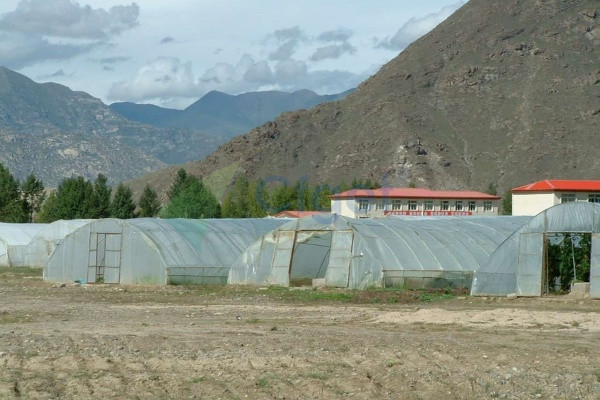
Here’s a breakdown of some common sustainable practices found in many Chinese greenhouses:
| Practice | Description | Environmental Benefit |
|---|---|---|
| Integrated Pest Management (IPM) | Using a combination of methods (biological controls, crop rotation, etc.) to manage pests, minimizing the need for synthetic pesticides. | Reduces chemical runoff, protects beneficial insects and pollinators, and promotes healthier soil. |
| Organic Farming Methods | Avoiding synthetic pesticides, herbicides, and fertilizers, relying on natural inputs and processes. | Improves soil health, reduces pollution, and promotes biodiversity. |
| Composting | Recycling organic waste (plant residues, etc.) into nutrient-rich compost. | Reduces the need for synthetic fertilizers, improves soil fertility, and reduces waste. |
| Crop Rotation | Planting different crops in the same area in a planned sequence. | Helps control pests and diseases, improves soil fertility, and reduces the need for chemical inputs. |
| Cover Cropping | Planting non-cash crops (like legumes) to cover the soil between growing seasons. | Prevents soil erosion, suppresses weeds, and adds nutrients to the soil (especially nitrogen, in the case of legumes). |
These practices, made easier within the controlled environment of a Chinese greenhouse, lead to healthier soil, reduced pollution, and more resilient ecosystems. I remember a project in Sichuan where we helped a cooperative transition to organic methods within their greenhouses. The results were amazing – healthier plants, better yields, and a premium price for their produce!
Long-term effects: Impacts on the environment and agriculture?
Are you planning to invest in eco-friendly agriculture and wondering about the long-term benefits? Want to know how the Chinese greenhouses are doing?
The long-term effects of widespread adoption of Chinese greenhouses could be significant, leading to a more sustainable and resilient agricultural system, reduced environmental impact, and increased food security.
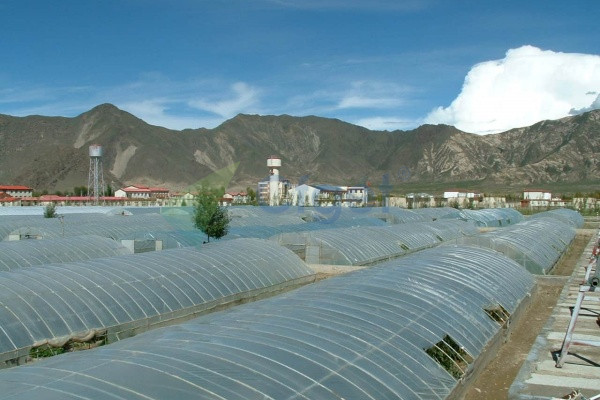
It’s important to think about the bigger picture. Widespread use could really change things. Here’s a breakdown of the potential long-term impacts:
| Aspect | Potential Long-Term Impact |
|---|---|
| Environmental Impact | Reduced carbon emissions from agriculture, decreased water consumption, less reliance on chemical inputs (pesticides, herbicides, fertilizers), improved soil health, and enhanced biodiversity. |
| Agricultural System | Increased crop yields, extended growing seasons (allowing for year-round production in some regions), greater resilience to extreme weather events (due to the controlled environment), diversification of crops, and improved food security. |
| Economic Impact | Increased income for farmers (due to higher yields and potentially lower input costs), creation of new jobs in the greenhouse industry, and reduced reliance on food imports (in regions that adopt the technology). |
| Social Impact | Improved access to fresh, locally grown produce, enhanced nutrition, and reduced exposure to harmful chemicals (for both farmers and consumers). Potentially, more stable livelihoods for farmers, contributing to rural development. |
| Technological Impact | Continued innovation in greenhouse design and technology, leading to even more efficient and sustainable systems. This might include advancements in solar energy utilization, water management, automation, and climate control. Greater integration of renewable energy sources. |
| Geopolitical Impact | The design and structure of Chinese greenhouses, especially solar greenhouses, enable local production of most materials. In the current complex geopolitical environment, the ability to produce independently without relying on imports provides growers with greater autonomy. |
Of course, there are challenges too. The initial investment cost can be higher than traditional farming methods. And there’s always the need for ongoing education and support for farmers to ensure they’re using the greenhouses effectively. But I believe that with the right approach, these challenges can be overcome. Chinese greenhouses offer a huge advantage for food security.
Conclusion
Chinese greenhouses offer a pathway to more sustainable agriculture. They reduce our reliance on fossil fuels, conserve water, and promote eco-friendly growing, contributing to a greener future!

